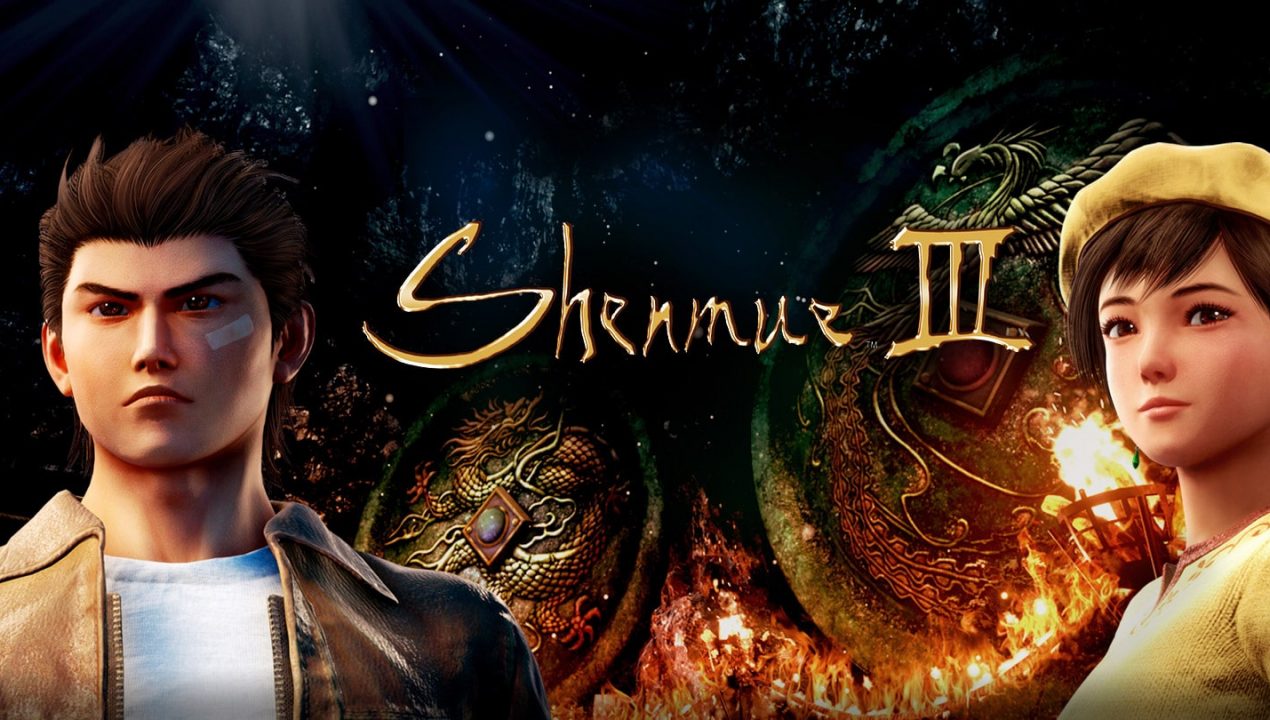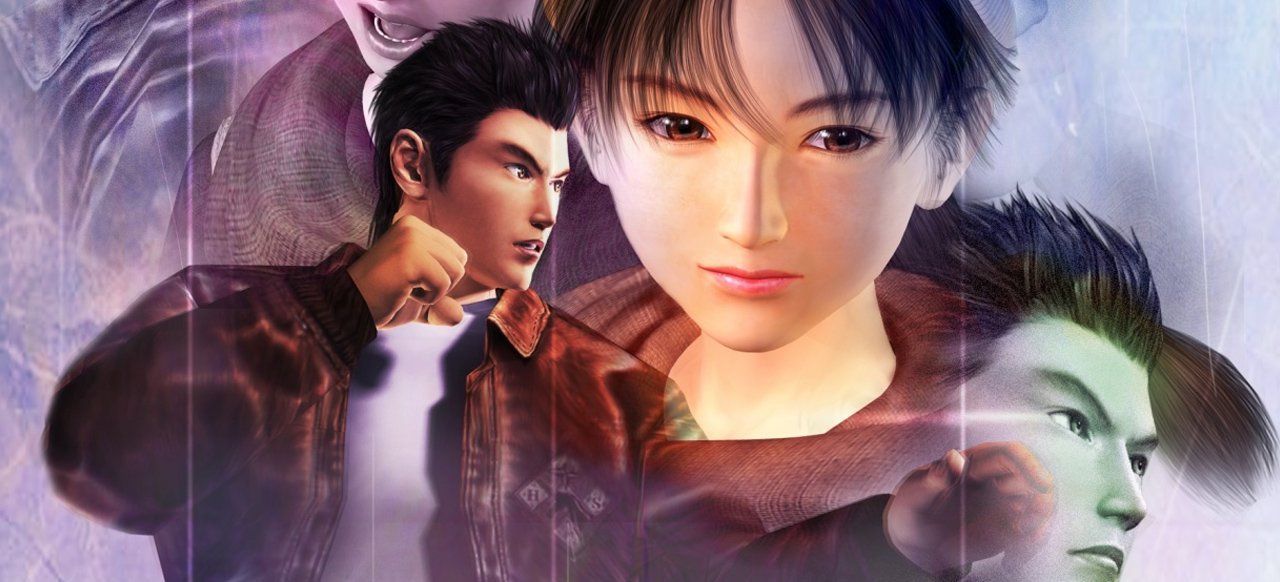
As a result, it makes completing objectives feel extremely tedious even by Shenmue I's standards.
 A lot of missions have you travelling back and forth Bailu, the starter town, and Niaowu, made worse by the game's lack of fast travel and proper modes of transportation. The SEGA Arcade games are removed as a result of the game not being published by SEGA (Although there is a sound taken directly from After Burner in the log chopping mini-game). Similarly, you cannot return to Niaowu after you depart for the Old Castle. However, the game warns you when this occurs and gives you the chance to proceed with the story or turn back.
A lot of missions have you travelling back and forth Bailu, the starter town, and Niaowu, made worse by the game's lack of fast travel and proper modes of transportation. The SEGA Arcade games are removed as a result of the game not being published by SEGA (Although there is a sound taken directly from After Burner in the log chopping mini-game). Similarly, you cannot return to Niaowu after you depart for the Old Castle. However, the game warns you when this occurs and gives you the chance to proceed with the story or turn back. 
Any herbs you missed or any unfinished requests are gone.
As with the previous games, once you leave Bailu Village, you cannot return. These requests have limited availability and once they're gone, they're gone. These may range from finding or winning a particular toy or item, or hunting down someone and winning in a fight against them, and Ryo will usually be rewarded with clothes, rare items, or access to a new fishing location. Aside from the many side activities Ryo can partake in, the game now features "Requests" in which a character may need a favor from Ryo. Even with the ability to skip forward until the required hour, this system still wastes a lot of time from the player. Large portions of the game involve doing nothing but talking to bland NPCs and waiting for the 24-hour clock system to let you progress. Ryo Hazuki's noticeably weaker in this game than in the prequels as he gets beaten up frequently by the Chinese thugs until he learns new moves. Due to poor translation, Ryo Hazuki's habit of constantly saying "I see" in response to almost everything is once again carried over. This is worse with the game being very reliant on unskippable dialogue. The English dub is terrible, with most characters giving very monotonous deadpan performances possibly to replicate the acting from the original games. The Moon looks awfully huge when seen at night. Character animations and lip-synching feel a lot stiffer than in the prequels. At times, the visuals look almost like a Sega Dreamcast game with HD graphics, but yeah, it's running with Unreal Engine 4. The art style and graphics are inconsistent, badly contrasting between realistic and cartoony designs, similar to Sonic '06 and Jump Force. As a result, Shenmue III is too similar to the older games without much improvements, making the game feel outdated when its once-"unique" selling points are now unimpressive. A lot of the mechanics that made Shenmue unique in the early 2000s are now common practices in modern gaming. The game doesn't improve much from the older Shenmue titles, repeating many of the same archaic design choices that those games had, which have aged poorly. Check out the ‘Out Now’ YouTube special that highlights the players and history in the making of Shenmue 3, and some hints of what to expect from the game as it releases today. #Shenmue 3 publishers full#
In Shenmue 3 you take on the role of Ryo Hazuki, a Japanese teenager hellbent on finding his father’s killer – a revenge story set in China full of martial arts and adventure. It’s been 18 years in between Shenmue 2 and now, and fans have been begging for another Shenmue game to continue what was a revolutionary defining point in the Japanese RPG genre.įamous Sega director Yu Suzuki led the charge with a highly successful Kickstarter campaign and managed to get some of the funding for Shenmue 3 in record time – giving a glimpse of how much fans of the franchise wanted a modern-day successor to the series.

Today sees the release of Shenmue 3, one of the most wanted sequels in gaming and it has certainly not been rushed out of a dev studio to get here.

One of the most anticipated game sequels Shenmue 3, releases today!








 0 kommentar(er)
0 kommentar(er)
